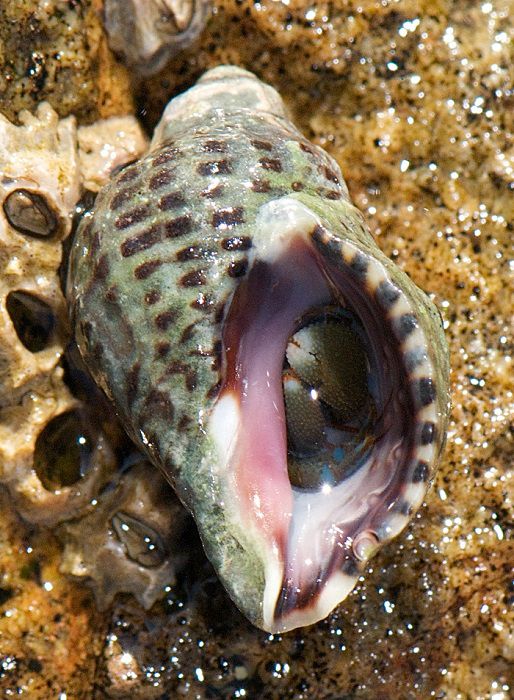Table of Contents
One thing that many new hermit crab owners worry about is the color of their new pet’s shell. For example, they might notice that the shell is turning white, leading to worry that something is wrong with their crab. However, in most cases it is not the crab that is turning white; rather, it is the shell they are living in that changes color. There are a few reasons why this happens.
Wear and Tear
Hermit crabs carry their ‘home’ (their shell) around with them, which can lead to wear and tear on the exterior of the shell as it bumps around the tank. Abrasive sand can wear down the polished finish on the shell, meaning that after a time, the shell starts to discolor, often appearing to turn a white color.
carry their ‘home’ (their shell) around with them, which can lead to wear and tear on the exterior of the shell as it bumps around the tank. Abrasive sand can wear down the polished finish on the shell, meaning that after a time, the shell starts to discolor, often appearing to turn a white color.
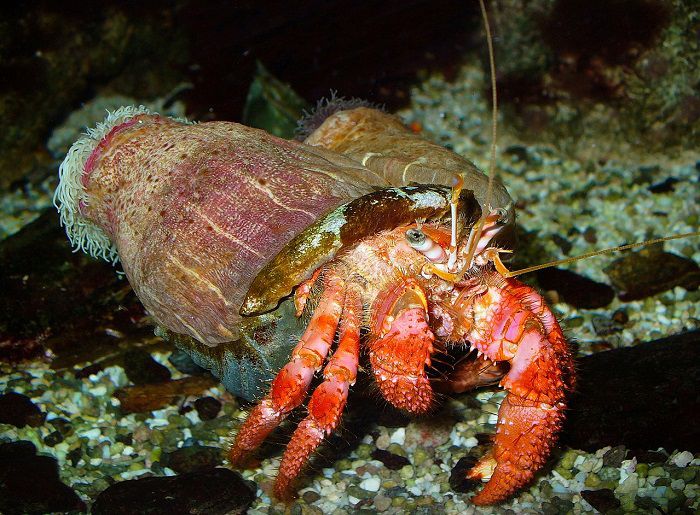
Dardanus calidus 
Hermit Crabs Fighting Over a Shell
Chemical Reaction
Before placing empty shells in the hermit crab tank for them to use, it is recommended you clean them first by boiling these empty shells in salty water. Nevertheless, what often happens during this process is that the shells start to bleach (whiten). Shells are mostly made from calcium, so boiling them in water causes this change in color to occur.
A chemical reaction can also occur in shells if you use a moss or coco fiber substrate in the enclosure as these have a lower pH than the shell. This also causes discoloration.
Molting
If you are not worried about the crab’s shell turning white but are concerned about the crab itself, then it could be because the creature is molting. As a hermit crab grows, it will molt several times; during this process it may look slightly different to normal.
Molting involves the shedding of the exoskeleton, and while this is occurring the old exoskeleton may appear an ashy-white color as it separates from the body. You might also notice that your crab’s eyes are looking a cloudy milky color.
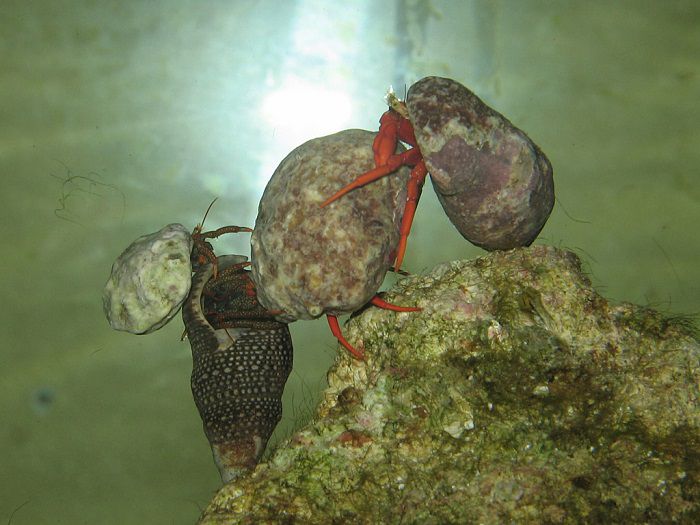
Four Hermit Crabs 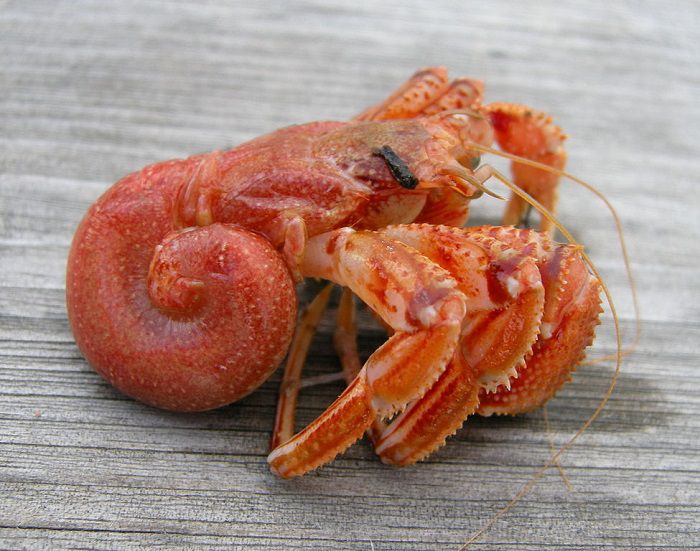
Pagurus bernhardus Outside Shell 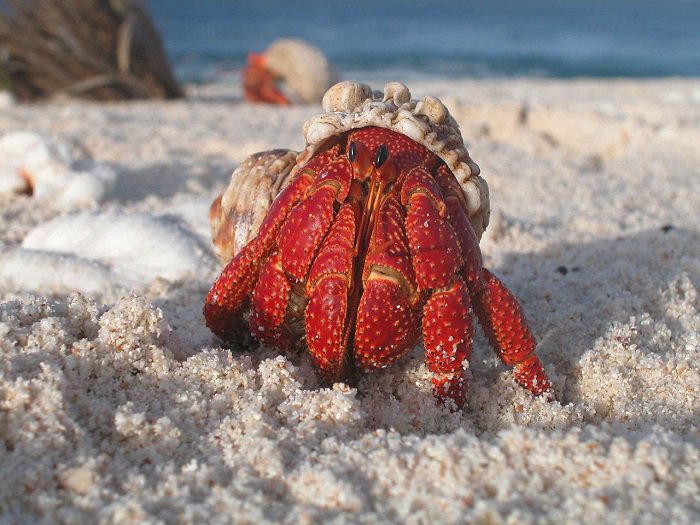
A Hermit Crab Emerging From Shell
This change in color can cause new hermit crab owners to fret, but the reality is that it is completely natural and nothing of great concern.
Many hermit crabs bury themselves during the molting process, so most owners never even notice a change in color. Nevertheless, if your crab is molting on the surface, ensure it is protected, particularly if you have more than one crab in the tank. To do this, cut an empty two-liter soda bottle in half and place the cut end over the crab and into the sand. Make sure the lid of the bottle has been removed to ensure your crab has air. This will allow the crab to shed its exoskeleton fully while at the same time giving the new exoskeleton time to harden sufficiently.
Conclusion
A hermit crab turning white may be cause for concern if you are a new or inexperienced owner, but it is rarely anything to worry about. In most cases, it is not the crab but the shell that is changing color; it can be caused by wear and tear or a chemical reaction from the empty shell initially being boiled in water (especially salt water) before being placed in the tank for the hermit crab to use.
If you are at all worried about your hermit crab though, I recommend that you get professional advice from a local vet.
Photo Credits:
- Featured Image (Hermit Crab Retracted Into a Shell): Jerry Kirkhart
 – CC BY 2.0
– CC BY 2.0
- Dardanus calidus: H. Zell
 – CC BY 3.0
– CC BY 3.0
- A Hermit Crab Emerging From Shell: U.S. Fish and Wildlife Service – public domain
- Pagurus bernhardus Outside Shell: Arnstein Rønning
 – CC BY 3.0
– CC BY 3.0
- Four Hermit Crabs: Drcbc – CC BY 3.0

- Hermit Crabs Fighting Over a Shell: Brocken Inaglory
 – CC BY 3.0
– CC BY 3.0

